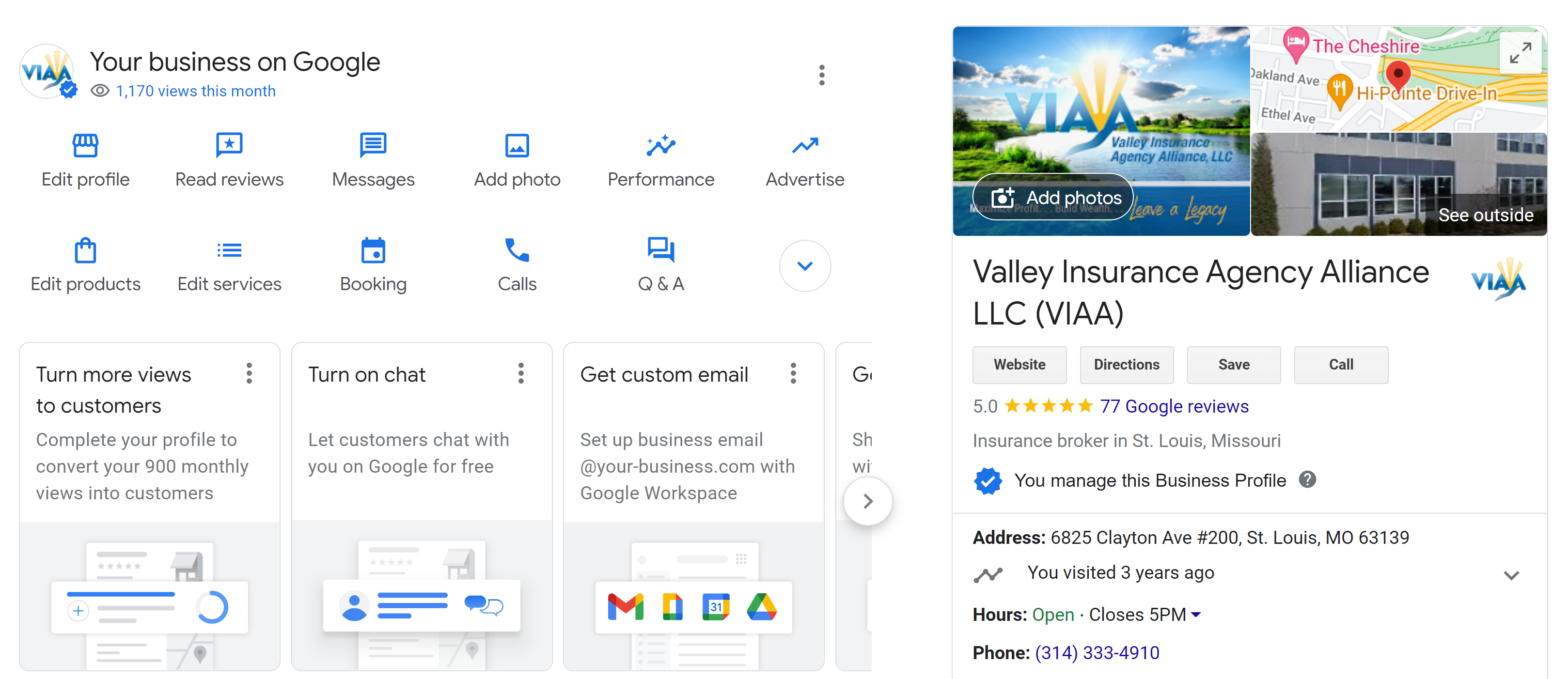Survey Shows Insurers Better Served Focusing on Customer Satisfaction: McKinsey
By Mark E. Ruquet, PropertyCasualty360.com
July 25, 2013 • Reprints
 A survey of auto insurance customers provides good news for insurance agents—and serves as a reality check for carriers who believe price should be the major focus of marketing campaigns.
A survey of auto insurance customers provides good news for insurance agents—and serves as a reality check for carriers who believe price should be the major focus of marketing campaigns.In its “2012 Auto Insurance Customer Insights Research—Winning Share and Customer Loyalty in Auto Insurance,” consulting firm McKinsey surveyed over 17,000 people in what the firm’s Principal Tanguy Catlin describes as “the most comprehensive market research on [auto] insurance in the U.S.”
Looking deep into the numbers, Catlin says, there is a consumer segment with no loyalty to their insurers. Insurance companies spend too much time and money trying to retain them, he adds. Instead, to improve retentions insurers should focus on increasing customer satisfaction and engaging clients more, Catlin says.
Catlin says the survey results strongly indicate direct channels are becoming a dominate force in marketing insurance, a reality some insurers fail to acknowledge. Equally important, to improve retentions, insurers need to “move away from the traditional demographic view” about price and understand what motivates customer loyalty.
The number of consumers shopping for a new carrier dropped to the lowest level since 2008. Over the last 12 months, 27 percent of consumers shopped for a new carrier and only 9 percent switched.
The triggers for change are price increases (48 percent), life events such as moving to a new state or changing jobs (44 percent) and new coverage needs (32 percent). The survey allows for multiple triggers to apply.
On retention and customer loyalty, those that remain are split into two camps—either they are satisfied with their carriers or they remain for financial reasons, Catlin adds.
Customers whose auto policies were bundled with another policy improved retention. For instance, the survey says, 49 percent of auto policies bundled with a homeowners policy halved the number of customers who shopped and switched rates.
When it comes to shopping for insurance, the majority of buyers—more than 80 percent—turn to direct channels to gather information and quotes. Seventy-three percent of those surveyed say they gather insurance information on the Internet. Twenty-three percent gathered information by both direct and agent contacts. Others used call centers alone or in combination with the internet. A large majority of buyers, 70 percent, use direct channels to get quotes.
However, when buying insurance, 65 percent of consumers—whether renewing or shopping new—purchased their insurance through an agent. The majority, 45 percent, used an exclusive agent and 20 percent an independent agent. The remainder used direct channels—call center or online.



